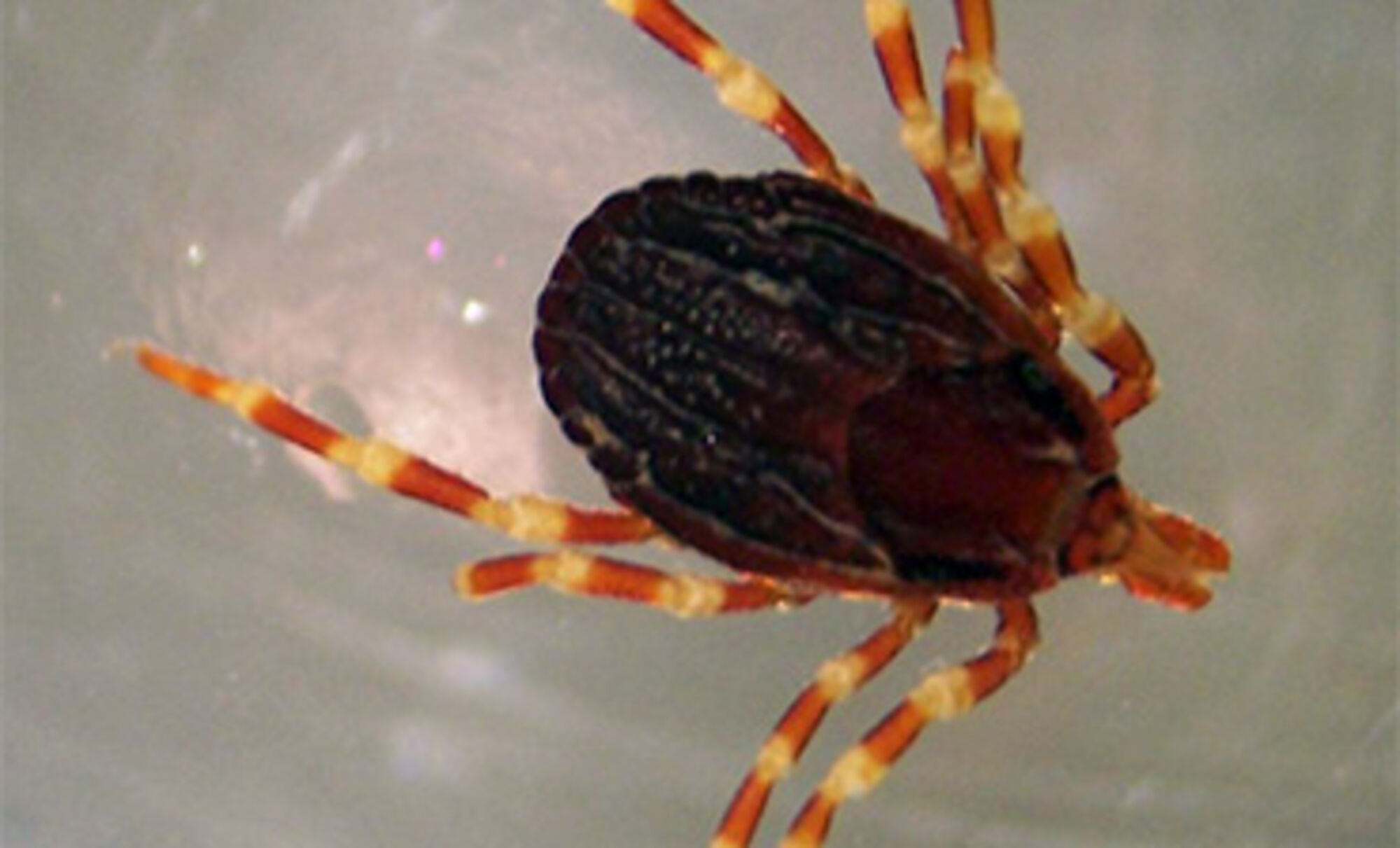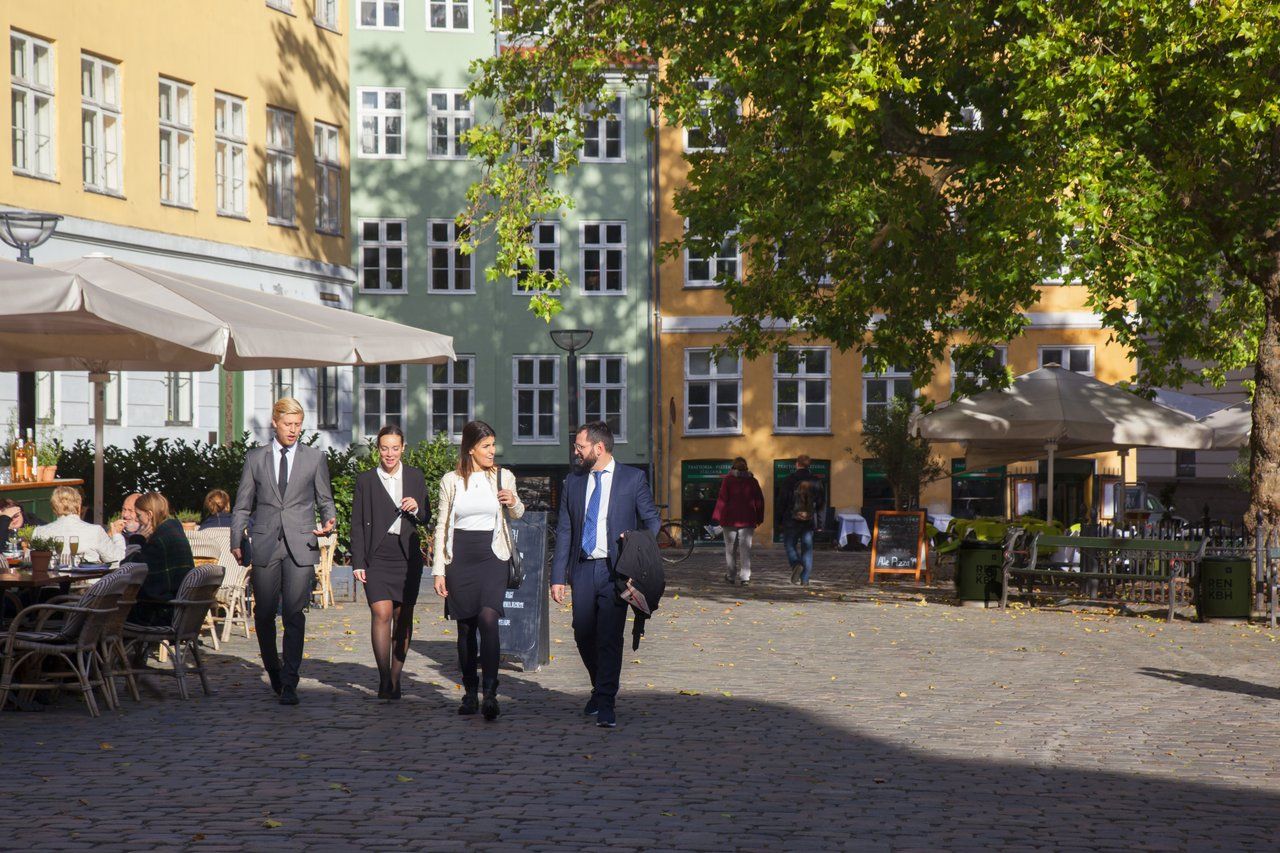On Monday last week, the European co-operation to save the endangered Siberian tiger got a boost as three tiny Siberian tiger cubs were born in Odense Zoo.
The cubs are now a week old and their mother guards them 24/7 in the tiger stall at the zoo. In order to accommodate her suckling cubs, the mother has gone from eating 20 to 30 kilos of meat each week. But unlike other animals, it could be months before the cubs reveal themselves at the zoo.
“It’s not the same as a giraffe, which needs to find its legs quickly in order to avoid becoming easy prey. Many weeks can go by before the tiger cubs are ready to come out and show themselves at the zoo facilities,” said Nina Collatz, an Odense Zoo zoologist.
It’s not the first time that the Siberian tiger couple in Odense have produced offspring. In 2013, the pair had two cubs of which the male was sent to Poland.
READ MORE: Threatened species in Denmark getting their own zoos
Staring into the abyss
The Siberian tigers in Odense are among the most highly-valued in Europe, in terms of breeding, because of their unique genetics compared to other zoos.
The fewer relations a tiger has at other zoos, the more valuable it becomes in terms of breeding potential. Whereas many tigers at European zoos have as many as 50 relatives at other zoos, Odense Zoo’s male tiger only has ten and the female tiger is also highly ranked, making the pair Europe’s most attractive tiger pair.
The Siberian tiger is on the brink of extinction in nature, and more tigers exist in captivity than in nature. The primary reason for their critical situation is poachers shooting them and selling them to Asia, where it is used in traditional medicine.














